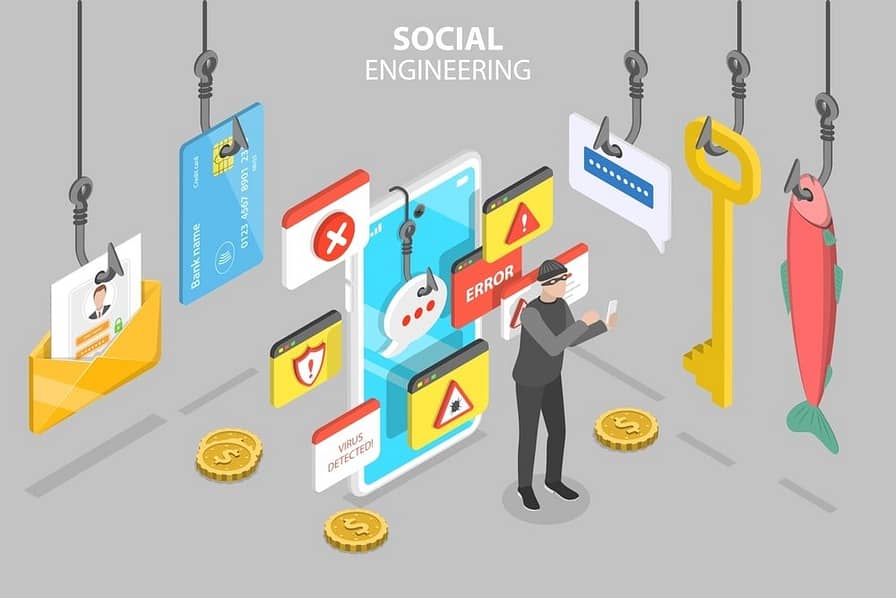In the evolving digital landscape, the threat of social engineering stands as a formidable challenge. With fraudsters becoming increasingly sophisticated, individuals and organizations alike must remain vigilant and aware. This article covers the multifaceted nature of social engineering fraud, offers insight into their mechanisms, and provides actionable strategies to effectively combat these threats.
Table of Contents
ToggleUnderstanding Social Engineering: A Closer Look
Social engineering fraud exploits human psychology rather than technical hacking techniques. These scams involve manipulating people into revealing confidential information, such as bank details or login credentials, often leading to financial loss or identity theft. The key to combating these scams is recognizing their common patterns and understanding the tactics used by fraudsters.Common Tactics Employed in Social Engineering:
- Phishing: Sending fraudulent communications that appear to come from a legitimate source, usually via email.
- Pretexting: Creating a fictitious scenario to steal the victim’s personal information.
- Baiting: Submitting anything to extract personal information or infect systems with malware.
- Quid Pro Quo: Often offering a benefit in exchange for information under the guise of service.
- Tailgating: Unauthorized physical access to restricted areas by following an authorized person.
Key Strategies for Prevention and Awareness
Individual Level:
- Vigilance in Communication: Be suspicious of unsolicited requests for sensitive information, even from seemingly legitimate sources.
- Secure Personal Information: Update passwords regularly and use two-factor authentication where possible.
- Education and Training: Stay informed about the latest social engineering tactics and how to spot them.
Organizational Level:
- Implementing Robust Security Policies: Regularly review and update security protocols.
- Employee Training Programs: Educate staff to recognize and respond to social engineering attempts.
- Regular Security Audits: Periodically review security systems to identify and address vulnerabilities.
- Technological Solutions: Aiding the Fight Against Social Engineering Advances in technology offer powerful tools to combat social engineering. For example, implementing AI-powered security systems can significantly increase an organization’s ability to detect and prevent fraud. These systems can analyze patterns and flag anomalies, thus providing an additional layer of security.
The Role of Government and Regulatory Bodies
Government and regulatory agencies play an important role in developing policies and guidelines to combat social engineering. By establishing strict data protection laws and cooperating with financial institutions, they can create a more secure digital environment.
Conclusion: A Collective Effort Towards Secure Digital Practices
In summary, addressing the challenge of social engineering demands a unified approach encompassing individuals, corporations, and governmental bodies. Staying abreast of the latest threats, enforcing robust security protocols, and cultivating an environment of heightened digital awareness are critical steps in diminishing the hazards associated with these deceptive schemes. As we move into the digital age, our collective responsibility towards cybersecurity becomes even more important.







